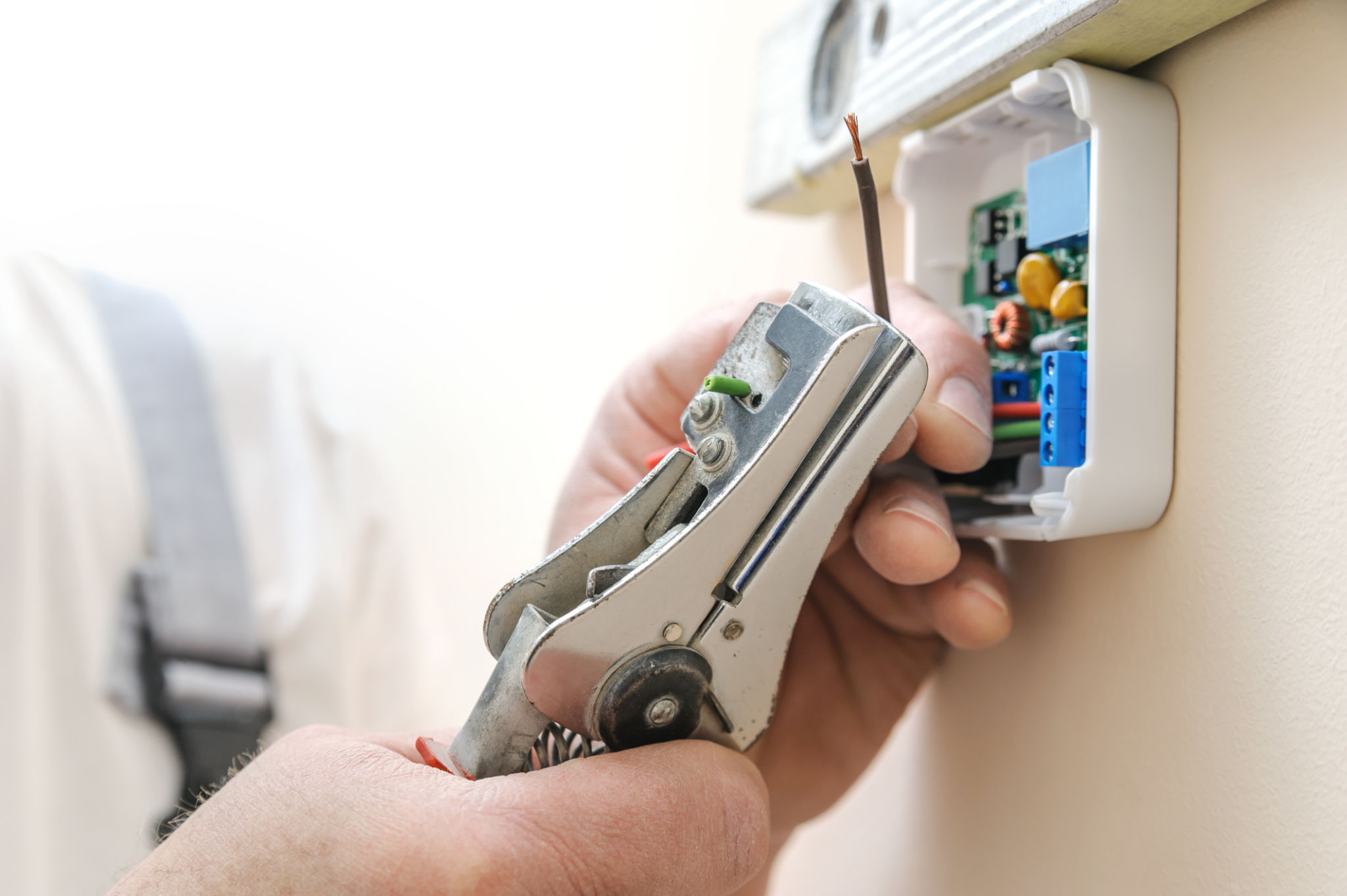DIY Thermostat Troubleshooting: Common Issues and Solutions
Understanding Your Thermostat
Thermostats are crucial components of your HVAC system, responsible for maintaining the desired temperature in your home. However, like any other device, they can encounter issues over time. Understanding how to troubleshoot common thermostat problems can save you time and potentially avoid costly repairs.
Before diving into troubleshooting, ensure that you know the basic functioning of your thermostat model. Whether it's programmable or smart, each type has its specific features and functions. Keeping the user manual handy can be a great help when diagnosing issues.

Common Issues and Their Causes
Thermostat Display is Blank
A blank thermostat display is a common issue that can be caused by several factors. First, check if the device is receiving power. Ensure that it is securely mounted and all wires are connected properly. In many cases, a simple battery replacement can resolve this problem if your thermostat relies on batteries.
Incorrect Temperature Readings
If your thermostat is showing incorrect temperature readings, it might be due to poor placement or dirt and dust accumulation. Ensure that your thermostat is located away from direct sunlight, drafts, and heat sources, as these can affect its accuracy. Cleaning the thermostat gently with a soft brush can also help maintain accurate readings.

Solutions to Fix Common Issues
Calibrating Your Thermostat
If you're experiencing inconsistent temperature readings, recalibrating the thermostat might be necessary. Many digital thermostats have a calibration function accessible through their settings menu. Consult your user manual for specific instructions on how to recalibrate your device.
Replacing the Batteries
If the thermostat screen is blank or unresponsive, replacing the batteries is a straightforward solution. Most thermostats require AA or AAA batteries, but it’s essential to check your model for the correct type. Remember to check and replace batteries periodically to ensure uninterrupted functionality.

When to Call a Professional
While DIY troubleshooting can resolve many thermostat issues, there are times when professional assistance is necessary. If you've tried all the basic fixes and your thermostat still isn't functioning correctly, it may be time to call an HVAC technician. They have the tools and expertise to diagnose and fix more complex problems.
Additionally, if you're uncomfortable working with electrical components or unsure about any step in the troubleshooting process, it's safer to seek professional help. Attempting repairs without proper knowledge can lead to further damage or even personal injury.
Maintaining Your Thermostat
Regular maintenance is key to preventing issues with your thermostat. Ensure that it's always clean and free from dust. Periodically check the wiring and connections for any signs of wear or damage. Keeping your thermostat in good condition will prolong its lifespan and ensure efficient performance.

In conclusion, troubleshooting common thermostat issues doesn't have to be daunting. By understanding the potential problems and their solutions, you can keep your HVAC system running smoothly without unnecessary hassle. Regular checks and maintenance can also prevent many issues from arising in the first place.
